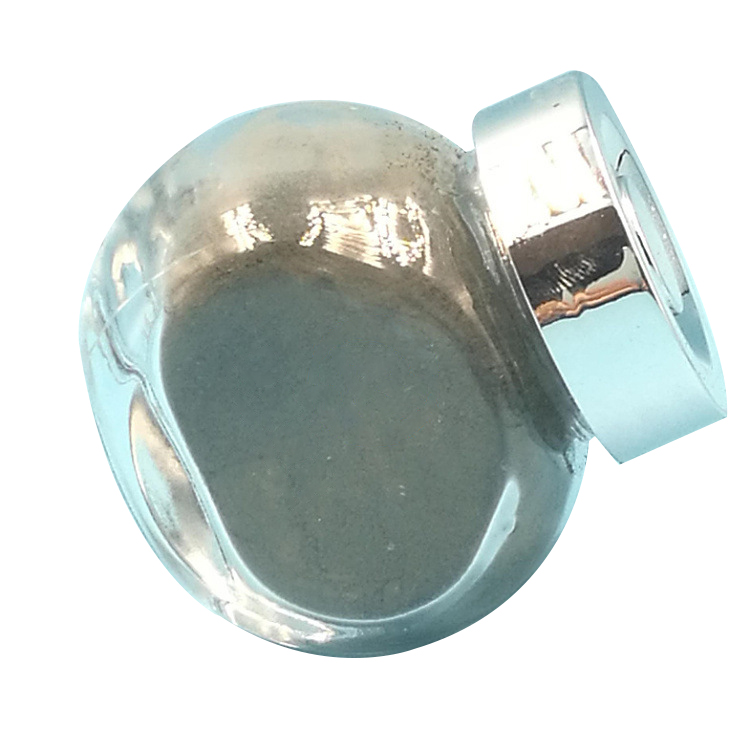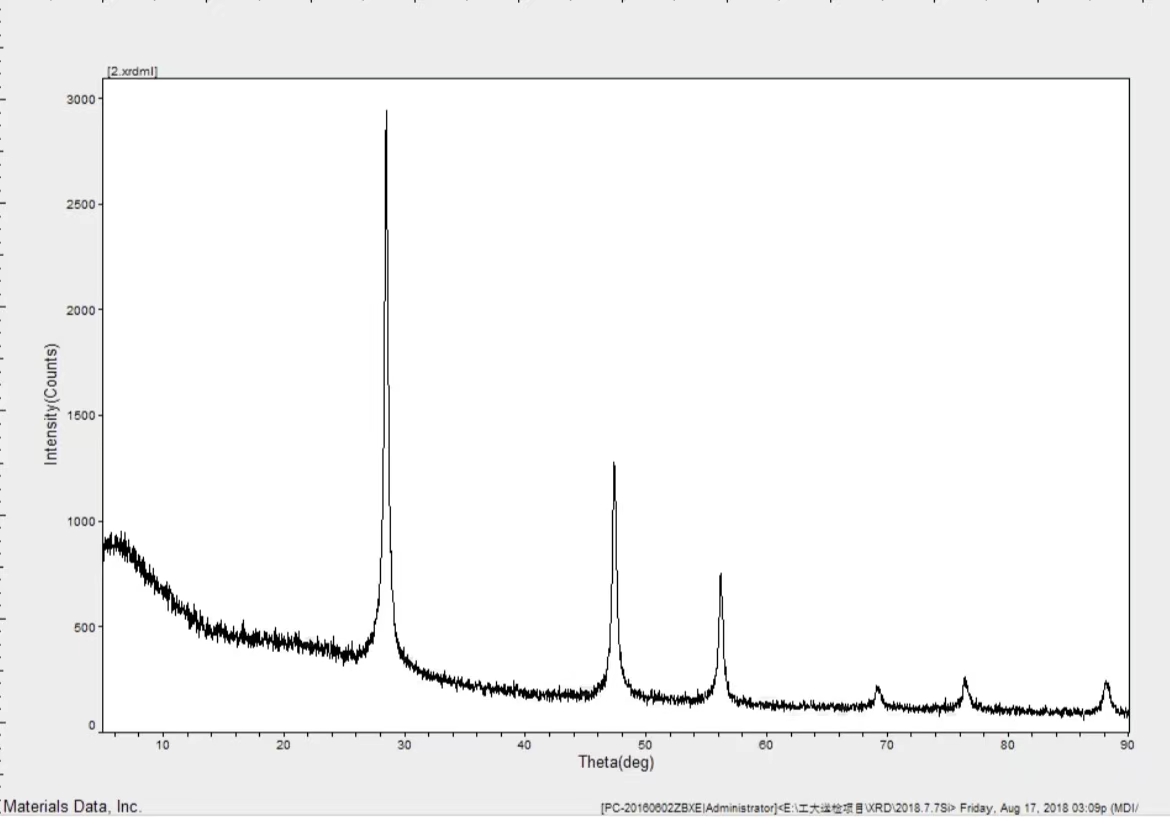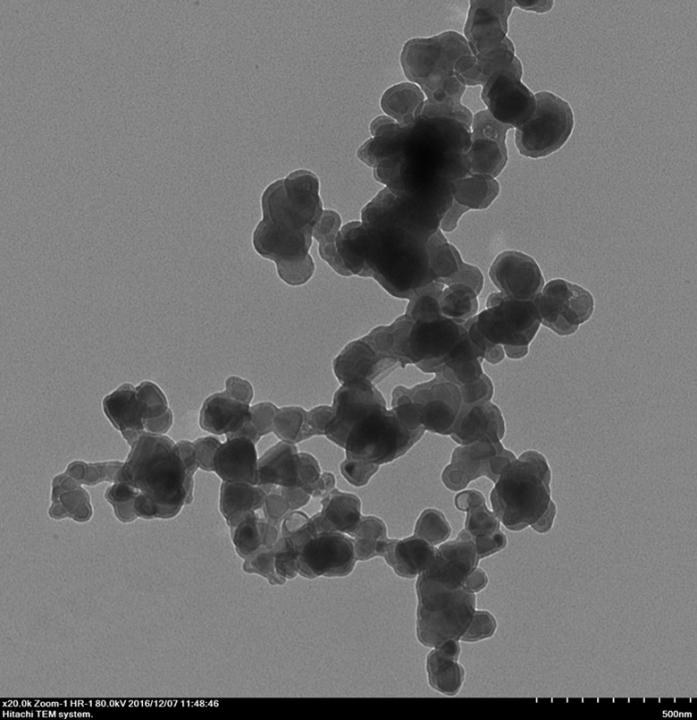SiC powder is a widely used material in various applications such as electronic devices, coatings, and composites. However, its agglomeration and inadequate dispersion in aqueous media limit its efficiency. Therefore, surface modification techniques are essential to enhance the properties of SiC powder. This article discusses two methods for the surface modification of ultrafine SiC powder: PDADMAC and PSS modification and AC1830 surfactant modification.

PDADMAC and PSS Modification Method
The PDADMAC and PSS modification method involves the use of cationic and anionic polyelectrolytes to modify the surface of SiC powder. The process involves stirring SiC powder in deionized water with PDADMAC or PSS for 6 hours, followed by centrifugation at 3500 rpm for 10 minutes. The resulting modified SiC powder is dried at 90℃ for 12 hours to obtain polyelectrolyte-modified SiC powder.
AC1830 Surfactant Modification Method
The AC1830 surfactant modification method involves the use of non-ionic surface active agent, AC1830, in combination with PSS to modify the surface of SiC powder. The process involves stirring SiC powder in deionized water for 0-6 hours with AC1830 and PSS at a concentration of 0.1-1.5 wt% (based on the mass of SiC powder). The resulting slurry is centrifuged at 3500 rpm for 5 minutes to remove excess surfactant. The precipitate is redispersed in deionized water and centrifuged again. The modified SiC powder is dried at 90℃ for 12 hours and then milled to obtain AC1830- and PSS-modified SiC powder.
Testing and Characterization
The modified SiC powder was characterized using various techniques such as scanning electron microscopy (SEM), X-ray diffraction (XRD), particle size distribution, slurry viscosity, solid content, and Zeta potential. SEM images indicated that the modified SiC powder had a more uniform particle size distribution compared to the unmodified SiC powder. XRD analysis showed no significant change in the crystal structure of the modified SiC powder, indicating that the modification process did not affect the crystal structure of SiC powder. The slurry viscosity increased with increasing solid content and surfactant concentration. The Zeta potential was negative for both PDADMAC/PSS- and AC1830-modified SiC powder, indicating the presence of negative charges on the surface of the modified SiC powder.


Modification effect: (1) PDADMAC is adsorbed onto the surface of SiC particles through electrostatic attraction interaction. Due to the high affinity adsorption between the two, the adsorption configuration of PDADMAC on SiC surface is flat, and the adsorption amount, adsorption configuration, and modification effect do not change with the change of molecular weight. The modified pH value is 11, the addition amount is 0.24wt%, the temperature is 90 ℃, and the modification time is 6 hours. Because the adsorption of PDADMAC makes the charge on the surface of SiC reverse, the modified SiC powder is dissolved in water medium to adjust the pH value to 3, and the modified SiC powder is uniformly dispersed in water medium through the electrostatic steric stabilization mechanism, and 50 vol.% is prepared SiC slurry with a viscosity of 0.138Pa. s under solid phase content. (2) Sodium polystyrene sulfonate (PSS) is adsorbed onto the surface of SiC particles through hydrogen bonding and van der Waals forces. Due to the electrostatic repulsive interaction between the two, the adsorption configuration of PSS on the surface of SiC is circular and tail shaped, and as the molecular weight of PSS increases, its circular configuration on the surface of SiC particles expands, the adsorption capacity increases, and the modification effect improves. Using PSS with a molecular weight of Mw=1000000, the pH value is not adjusted during the modification process. The addition amount is 0.3wt%, the temperature is 90 ℃, and the modification time is 6 hours. The modified SiC powder was dissolved in the water medium, and the pH value was adjusted to 11. The modified SiC powder was uniformly dispersed in the water medium through the electrostatic steric stabilization mechanism. A SiC slurry with a high solid content (45vol.%) was obtained, corresponding to a slurry viscosity of 0.098Pa. s. (3) Non ionic surfactant octadecylamine polyoxyethylene ether (AC1830) and anionic polyelectrolyte sodium polystyrene sulfonate (PSS) were used as modifiers to modify silicon carbide powder. The adsorption of AC1830 is not affected by surface charges, can shield some charges, and can serve as an adsorption site for PSS, promoting the adsorption of PSS on SiC surface. Prepared a viscosity of 0.039Pa. s and a solid content of 50vol.% SiC slurry suitable for injection molding. The Zeta potential method indicates that the isoelectric point (IEP) of SiC powder modified by this method is significantly shifted to the left. The settlement experiment shows that the dispersion stability is significantly improved. The contact angle measurement shows that the modifier successfully adsorbs on the surface of the powder and provides hydrophilic groups, thereby improving the wettability of the powder. The adsorption test results indicate that the isothermal and kinetic adsorption models of PSS on SiC powder and AC1830 modified SiC powder conform to the Langmuir model and pseudo second order (PSO) model. The adsorption of AC1830 on SiC surface improved the adsorption capacity of PSS.
SAT NANO is one of the best supplier of silicon carbide powder in China, we can offer 50nm, 100nm, 1-3um particle size, if you have any enquiry, please feel free to contact us at sales03@satnano.com




























